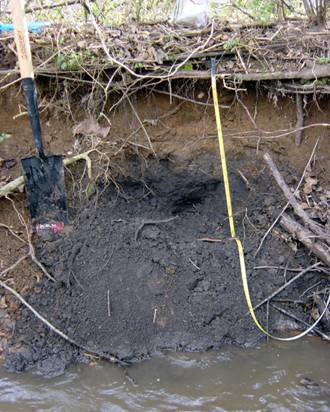Open Space Management Plan
Part 4. Existing Activities
This section describes the uses of your preserve, and thus provides the human side of the equation that your management recommendations need to consider. You may want to note if permission (written or verbal) is needed for any of these activities. Note that management activities are not described here as the management issues have not yet been discussed (Part 5).
A. Current Recreational Use (Active and Passive)
B. Research
C. Forestry
D. EducationA. Current Recreational Use (Active and Passive)
Allowed uses
Are boundaries clearly posted?
Is the preserve open to the public, and if so, when?
If open to the public, are allowed uses passive recreation, active recreation, or both?
a. Passive Recreation: e.g. hiking, birding, dog walking, boating
i.Trails: What activities are allowed on existing trails
ii. No trails: (hiking. etc. through woods allowed) It could be that no trails exist or are planned for this property
b. Active Recreation: e.g. boating/fishing, dirt bike riding, horseback riding, sports activities, hunting, rock climbing, beach activities
i. Trails
What activities are allowed on existing trails?
ii. No trails
Are any active recreational activities allowed in areas without trails (e.g. rock climbing)?
Recreational uses that are NOT allowed (Be specific)
Back to TopB. Research
-
Is research allowed on the Tract?
-
Do you want to encourage research? If so, develop a list of research/management questions (Part 8), the answers to which would aid in management of the Tract.
See Appendix B for language on allowing Species Collections.
Back to TopC. Forestry
-
Are there current forestry activities?
- Is there a forestry plan for all, or part of, the site?
Back to Top
Photo: College of Natural Resources, Utah State University, Logan, Utah, USA
D. Education
-
Is the Tract open for educational uses such as for field trips (K-12, university)?

Back to Top




